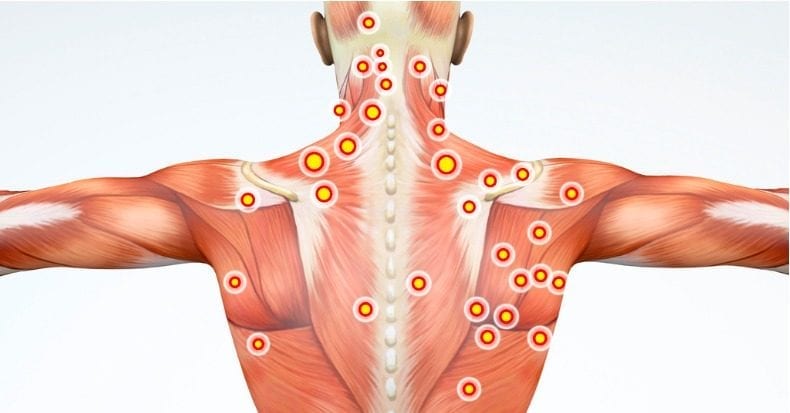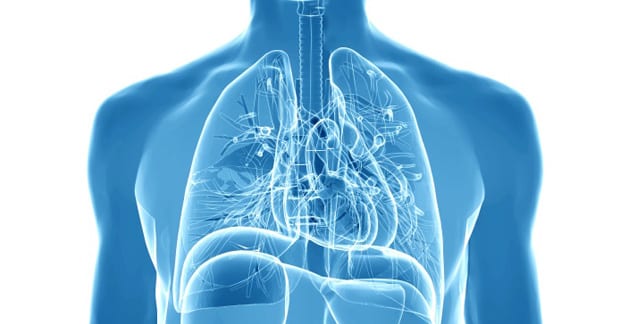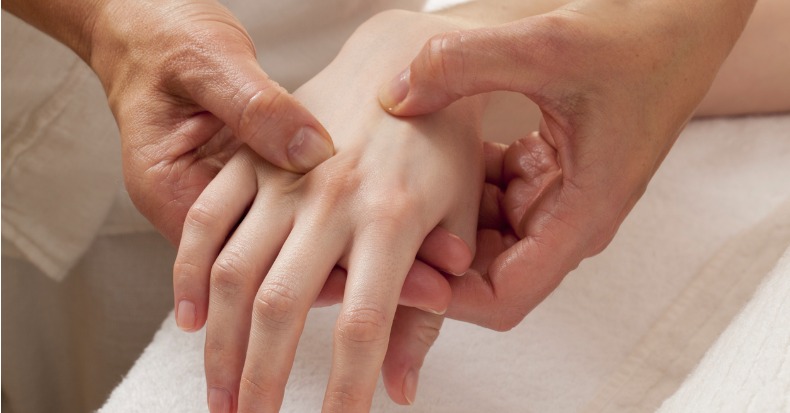Low back pain (LBP) is a reality in most of our lives at one point or another. It can range from being a “nag” to being totally disabling. Let’s look at some exercises for the low back that can be done from a SITTING position so that they can be: 1) performed in public (without […]
Chiropractic and Whole Body Health: Part I
This article is part 1 of a 2 part series. For Part 2, click here. Chiropractic has long described benefits that extend beyond pain relief and crisis management such as the concept of immune stimulation and overall well-being. But what is “wellness” and how does it fit in with the chiropractic model? Interestingly, there is […]
Neck & Back Pain Diagnosis
Format Clinical Features Connecting The Dots Personal injury cases have two components: a healthcare component and a legal component. Much of the legal component of a personal injury case is hinged upon the records of the healthcare provider. The healthcare records are often thoroughly reviewed. Accurate and complete healthcare records will protect the legal component […]
Janet Travell, MD
The Myofascial Pain Syndrome
Chiropractic Applications Janet Travell, MD, is one of the most recognized physicians of modern history. Her notoriety is attributed primarily to two events: Myofascial problems and its consequent symptoms are nearly a universal human experience. Dr. Travell was an early pioneer in understanding the science, pathophysiology, and treatment of myofascial problems. She has been referred […]
Whiplash Anatomy
Whiplash is an injury commonly associated with motor vehicle collisions (MVC) caused by a rapid forward and backward “whipping” of the neck. What varies between each case is the degree of injury and what anatomical parts of the neck are actually injured. Let’s take a look at the spine so we can better understand where […]
Can Organs Be “Adjusted”?
Chiropractic manipulation of the spine is well documented, and evidence strongly supports its benefits for many musculoskeletal conditions of the neck, midback, low back, pelvis, and extremities. Less evidence has been published about visceral manipulation. So what are there benefits of visceral manipulation, if any? A 2013 study reported that females with lower urinary tract […]
Chiropractic Adjusting for Cervical Disc Herniation and Compressive Neuropathology
The most common cause of cervical nerve root compression (compressive neuropathology) is degenerative joint disease with stenosis and narrowing of the intervertebral foramen narrowing. The second most common cause is cervical disc herniation (1). Cervical disc herniations with compressive neuropathology are commonly seen in asymptomatic populations (2, 3, 4). In a study published in 1996, […]
Can Chiropractic Help the Post-Surgical Patient?
Low back pain (LBP) accounts for over 3 million emergency department visits per year in the United States alone. Worldwide, LBP affects approximately 84% of the general population, so eventually almost EVERYONE will have lower back pain that requires treatment! There is evidence dating back to the early Roman and Greek eras that indicates back […]
CTS “Facts” (cont.)
Last month, we covered what Carpal Tunnel Syndrome (CTS) is, its symptoms, causes, who is at risk, and how it’s diagnosed. This month, we’ll center our focus on CTS treatment.
Fibromyalgia Wholistic Care
Fibromyalgia (FM) is a very challenging condition to both diagnose and treat since there are different clinical signs and symptoms unique to each patient’s case. Therefore, the diagnosis is made by excluding other possibilities. To make matters even more challenging, there are “primary” and “secondary” types of FM, or those who develop FM for no […]
- « Previous Page
- 1
- …
- 103
- 104
- 105
- 106
- 107
- …
- 156
- Next Page »










